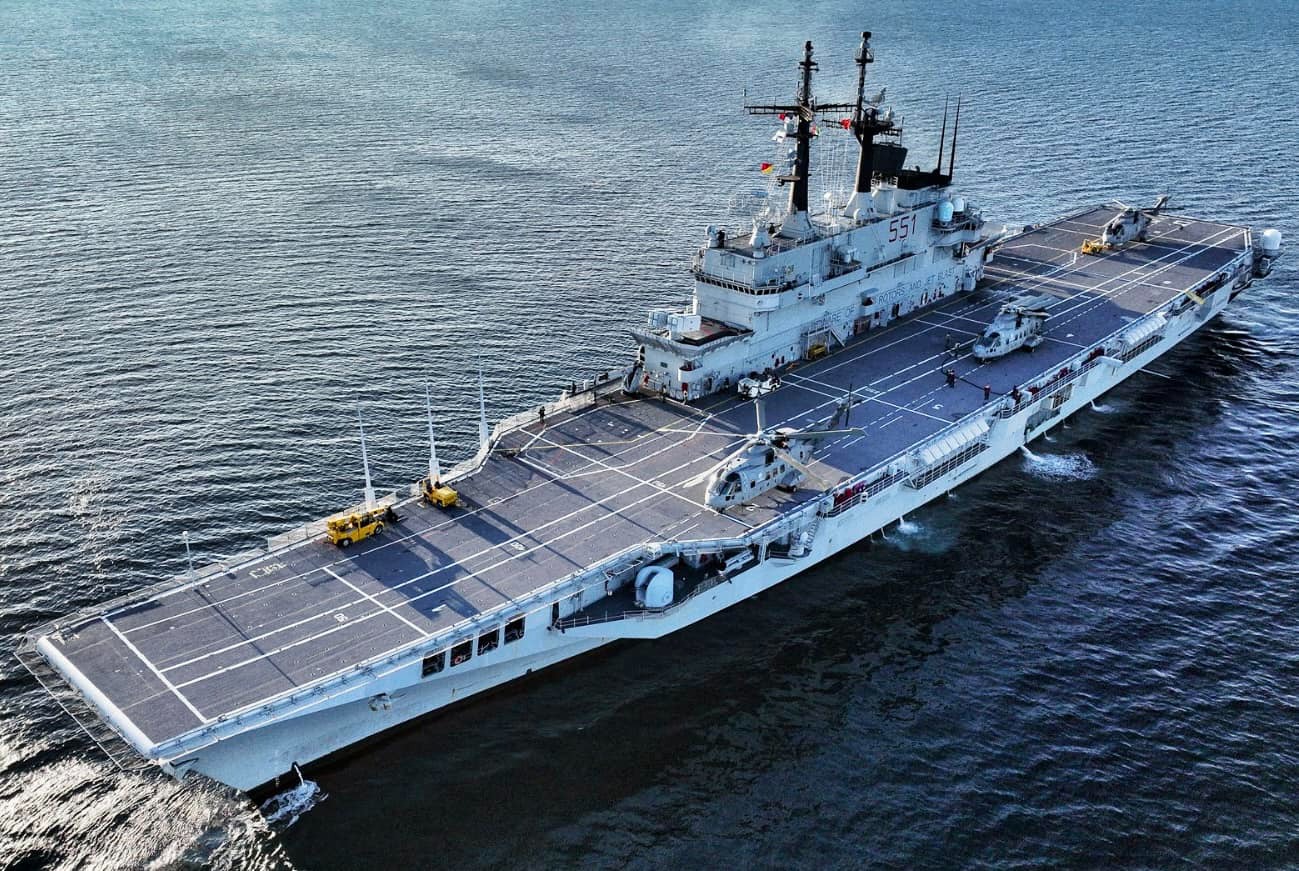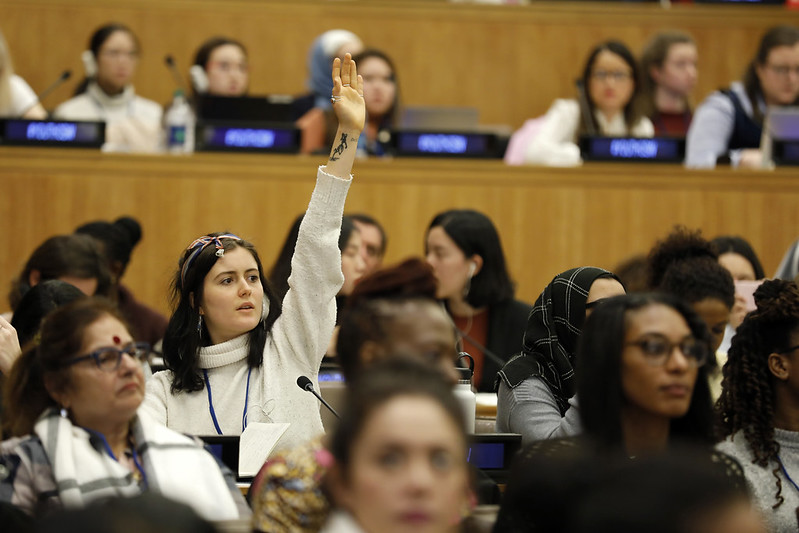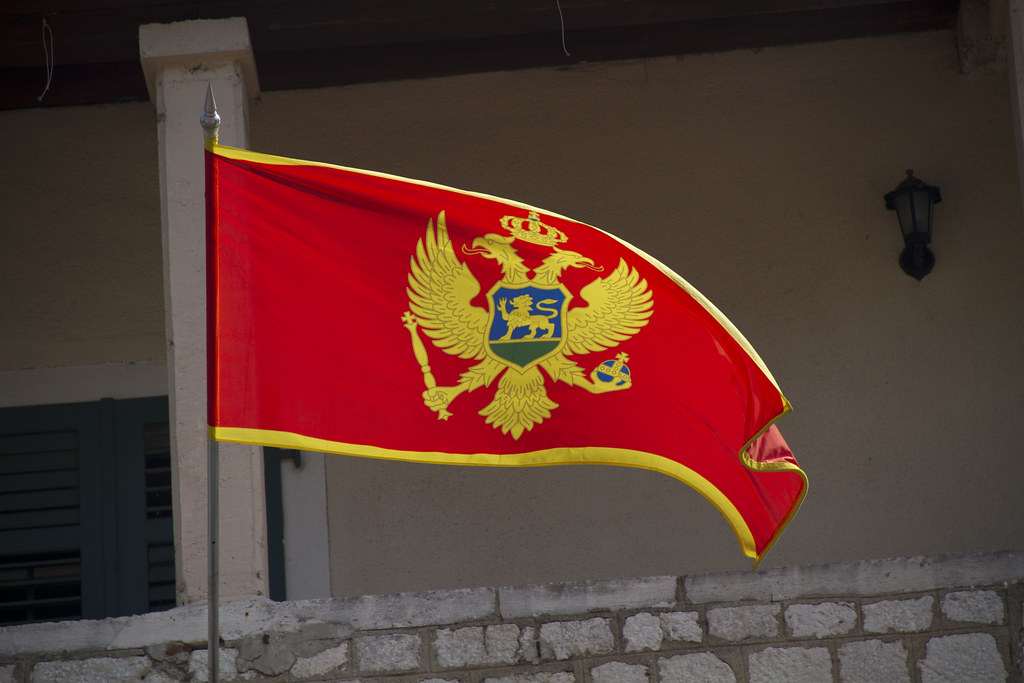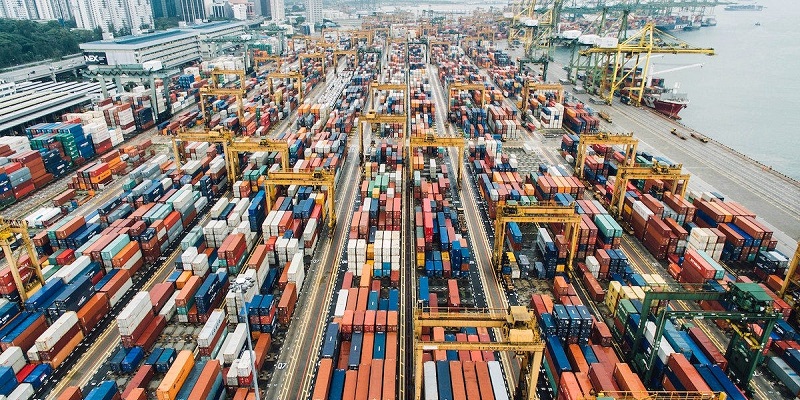The Indonesian Navy’s (TNI-AL) desire for an aircraft carrier may soon be realised. Chief of Staff Admiral Muhammad Ali has confirmed that the TNI-AL is negotiating with Rome to acquire the former Italian Navy aircraft carrier, Giuseppe Garibaldi. An official announcement during the 80th anniversary military parade confirmed that Giuseppe Garibaldi will join Indonesia’s future naval fleet. However, such a plan does not adequately serve Indonesia’s defence and strategic priorities, and would only further strain Indonesia’s relatively small defence budget.
National budget under strain
Indonesia’s plan to operate an aircraft carrier would place substantial strain on its defence budget. In the 2025 national budget, the Navy is allocated 24.75 trillion rupiah (approximately US$1.57 billion). For comparison, the Italian Navy reportedly spent around €80 million (US$93 million) to operate the Giuseppe Garibaldi during an extended NATO deployment in 2011. With inflation and rising fuel and logistics costs, the expense of sustaining such a vessel today would be significantly higher. This underscores the scale of resources Indonesia would need to dedicate to long-term carrier operations. The budgetary challenge is compounded by the Navy’s responsibility for maintaining a fleet of about 180 vessels, with plans to expand to more than 200.
Amidst the ongoing socio-economic difficulties, which affect a majority of Indonesians, it is wiser for Indonesian defence policymakers to reconsider this aircraft carrier procurement. Allocating more funds for non-strategic military procurement appears to be ill-advised, given the government’s urgent need for crisis management efforts. If the government maintains its decision, this procurement may be seen as an unempathetic and insensitive policy towards what the public needs the most.
How does an aircraft carrier support the overall Indonesian defence strategy?
An aircraft carrier, furthermore, is more suited for offensive operations and projecting naval power in distant places. For example, the US, France, and the UK used their aircraft carriers to launch attacks against targets in the Middle East, such as Libya, Afghanistan, and Syria. These countries are far away from their homelands. An aircraft carrier is ill-suited for defensive military operations against foreign attackers under the “archipelagic defence” doctrine, which is most envisageable given Indonesia’s relatively convivial foreign and defence policies and President Prabowo’s so-called ‘good neighbour policy.’ Under these policies, it is far-fetched to think that Indonesia will attack or invade countries further away.
In a hypothetical case of a military invasion against Indonesia, its aircraft carrier would be more of a liability than an asset. An aircraft carrier is a slow and relatively large vessel, making it an easy target for enemy missiles. A single well-placed hit from a modern anti-ship missile, such as the Dongfeng DF-21, which China has an abundance of, is enough to damage an aircraft carrier to take it out of the fight. That is why an aircraft carrier has rarely conducted operations independently. It is always accompanied by other naval ships to create a ring of defence, intercepting enemy attacks before they can reach the aircraft carrier. However, given the TNI-AL’s relatively limited number of surface combatants, the TNI-AL may be forced to divert them to protect the aircraft carrier, rather than use them for more useful operations.
In its current state, it would take decades, if ever, for Indonesia to match the major powers ship-for-ship for a conventional symmetric warfare – time that Indonesia simply may not have given China’s increasing aggressivity in the South China Sea and the upshot of geopolitical tensions around Indonesia’s periphery. Given its relatively high amount of operational costs, Indonesia’s relatively small defence budget to protect a huge maritime space, and the difficulty of fitting an aircraft carrier into Indonesia’s overall defence strategies, it would be wiser to use the funds to develop and procure weapons that are more suitable for an Anti-Access/Area Denial (A2/AD) strategy. The goal is to conduct asymmetric warfare against an attack from a much more powerful country by swarming their conventional naval ships with easily and cheaply produced missiles, drones, submarines, and smaller, yet nimble, ships.
One could argue that the new aircraft carrier can be utilised for Military Operations Other Than War (MOOTW), such as disaster relief, among other purposes. However, this argument is dubious for at least two reasons. Firstly, the TNI-AL already operates seven Makassar-class Landing Platform Docks that are capable of operating helicopters. These are more suitable for disaster relief, given their relatively small size and shallow draft that could fit into Indonesia’s small and shallow naval ports near a faraway disaster site. Additionally, it would make more sense for Indonesia to allocate more resources to strengthening the National Search and Rescue Agency (BASARNAS) and the National Board for Disaster Management (BNPB), two agencies with the specific task of mitigating and conducting frontline operations in the event of a natural disaster, rather than procuring an aircraft carrier.
An aircraft carrier may evoke strong emotions due to its prestige and significance. After all, only around a dozen states have it. However, defence planning should only involve rational, cold, and complex calculations of Indonesia’s capabilities, constraints, and those of potential attackers. Indonesia’s defence policymakers should now reflect deeply on whether an aircraft carrier is a worthwhile investment that will substantially contribute to Indonesia’s defence before spending a considerable amount of taxpayers’ money to acquire one. At this point, however, it would not be a wise procurement.
Alfin Febrian Basundoro holds a Master of Strategic Studies (Advanced) degree from the Australian National University in Canberra.
Trystanto Sanjaya is a Visiting Fellow at the Norwegian Institute for International Affairs in Oslo.
The author’s views are their own.
This article is published under a Creative Commons License and may be republished with attribution.





